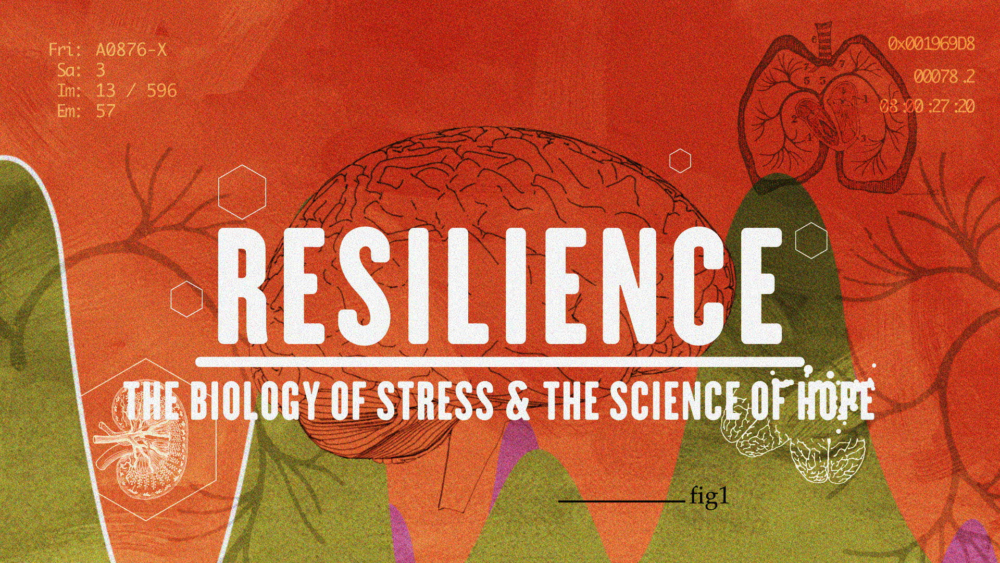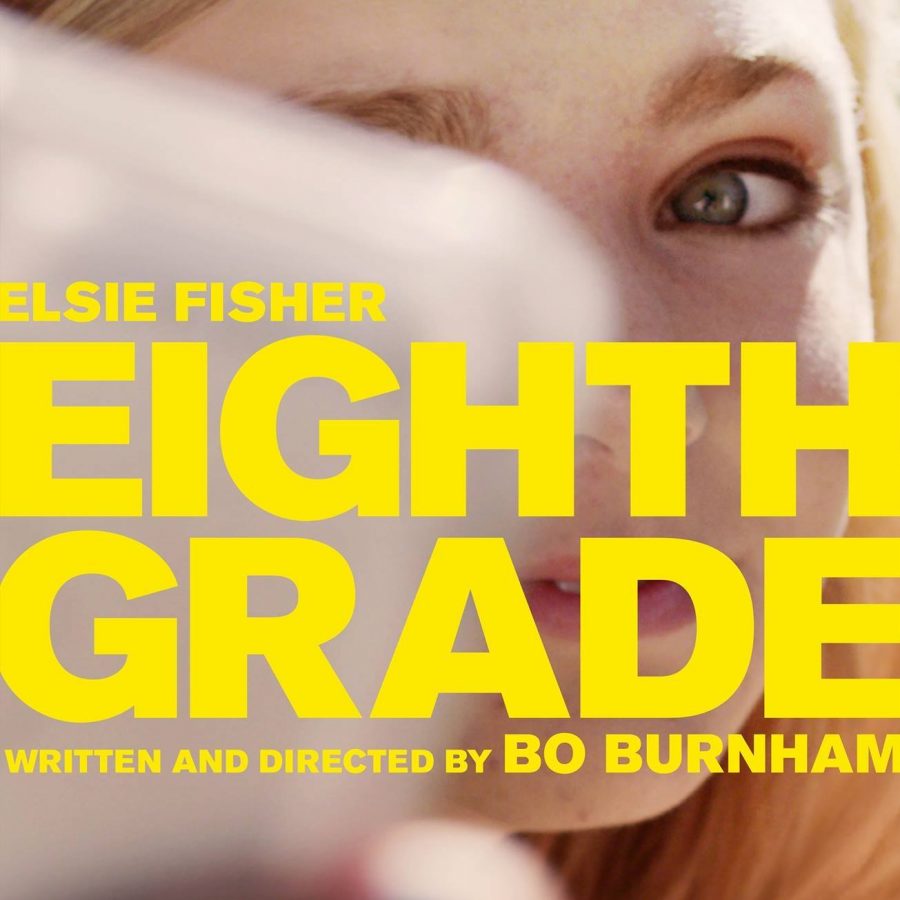With the conclusion of the Resilience Film Series at the end of last month, I have to marvel a little at the direction the series took. When I first heard the words “resilience” and “film series” together, I initially had this mental image of Mad Max type characters spitting, “I will survive!” at the camera and then proceeding to prove their mettle through a series of improbable stunts and action sequences in the typical blockbuster fashion.
Then, remembering my role and duty as a film studies student to share productions of artistic value that mainstream audiences would likely not have taken the time to see, my mind went to the classic, artsy award winners that move everyone to tears with their sweeping melodrama. I am very happy to say that, in the end, our series went in an entirely different direction than either of these two.
My initial ideas demonstrate two common misconceptions about resilience. First, resilience is not about toughness. It’s not “survival of the fittest” (sorry, Max), and, counterintuitively, a resilient person is not “too strong to knock down.” With that being said, there’s the competing notion that resilience is this trait that only very noble and heroic people have, and when they commit an act of resilience, it is a very serious and tearful affair. If either of these ideas were true, resilience would be a very strange concept for Winona State to pick as its 2018 theme.
As the WSU website explains: “Resilience is the ability to successfully adapt to stressors and adversity. It’s the ability to ‘bounce back’ and grow from difficult experiences.” In other words, one has to be knocked down in order to display resilience by getting back up again. Furthermore: “It is a myth that resilience is a trait that people just have or don’t have. It involves feelings, thoughts, and behaviors that can be learned and developed by everyone.”
With that definition in mind, it’s interesting to look at our film selections in retrospect because 7 of our 9 screenings were centered on childhood-related resilience. This was not something we had planned ahead of time; rather, it began with our professor’s suggestion to include the documentary, Resilience: The Biology of Stress and the Science of Hope. In terms of how this particular film relates to our theme, the content is about as subtle as its title. The documentary examines the biological effects of Adverse Childhood Experiences (ACE’s) and serves as a call to action for those in the healthcare and education fields (which, appropriately, are two of the most popular majors of choice at WSU).

Dir. James Redford 2016
It being unanimous that this film should be included in our series, our class began our selection process, and while I don’t recall us ever discussing the idea of centering our series around childhood resilience, it naturally began to take shape.
We had very specific reasons for choosing the films we did: we wanted to include a wide variety of genres and cinematic experiences to both cater to and expand our audiences’ tastes, yet we also kept returning to this idea of childhood resilience. For example, Moonlight is the 2017 Academy Award winner for Best Picture and is an important milestone in cinematic history for its portrayal of a black, gay protagonist, but it is also a moving coming-of-age film about surviving child abuse.

Dir. Barry Jenkins 2016
In another example, Eighth Grade was the humorous indie hit of the summer and its limited release inspired us to bring this underseen gem to campus. However, it is also, again, a coming-of-age film, this time centered around a girl trying to survive the final weeks of middle school.

Dir. Bo Burnham 2018
Along this line, we thought we would be remiss to not include the documentary hit, Won’t You Be My Neighbor?, a film that features a man known for his unique way of encouraging and comforting small children through the trials of daily life and even tragedy: Mr. Rogers.

Dir. Morgan Neville 2018
In the end, films that did not in some way include childhood resilience were chosen very very sparingly and this kept a strong connecting thread throughout the series. We all were strongly invested in this overarching narrative and so were proud to share it with the WSU community.
Through this series, we came to realize that society’s most resilient individuals are also perhaps their most small. Sometimes, we get a little too caught up in our adult ego––as the documentary, Resilience, makes a point of noting, adults tend to view childhood as this rosy, perfect time of life, and that often isn’t the case––it is, in fact, an extremely unfair ideal to burden our children with. Fortunately, everyone can identify with childhood; everyone either had one or is currently having one. Perhaps that is why our class resonated so strongly with the idea of childhood resilience––it is uniquely eye-opening and relatable at the same time.

Recent Comments